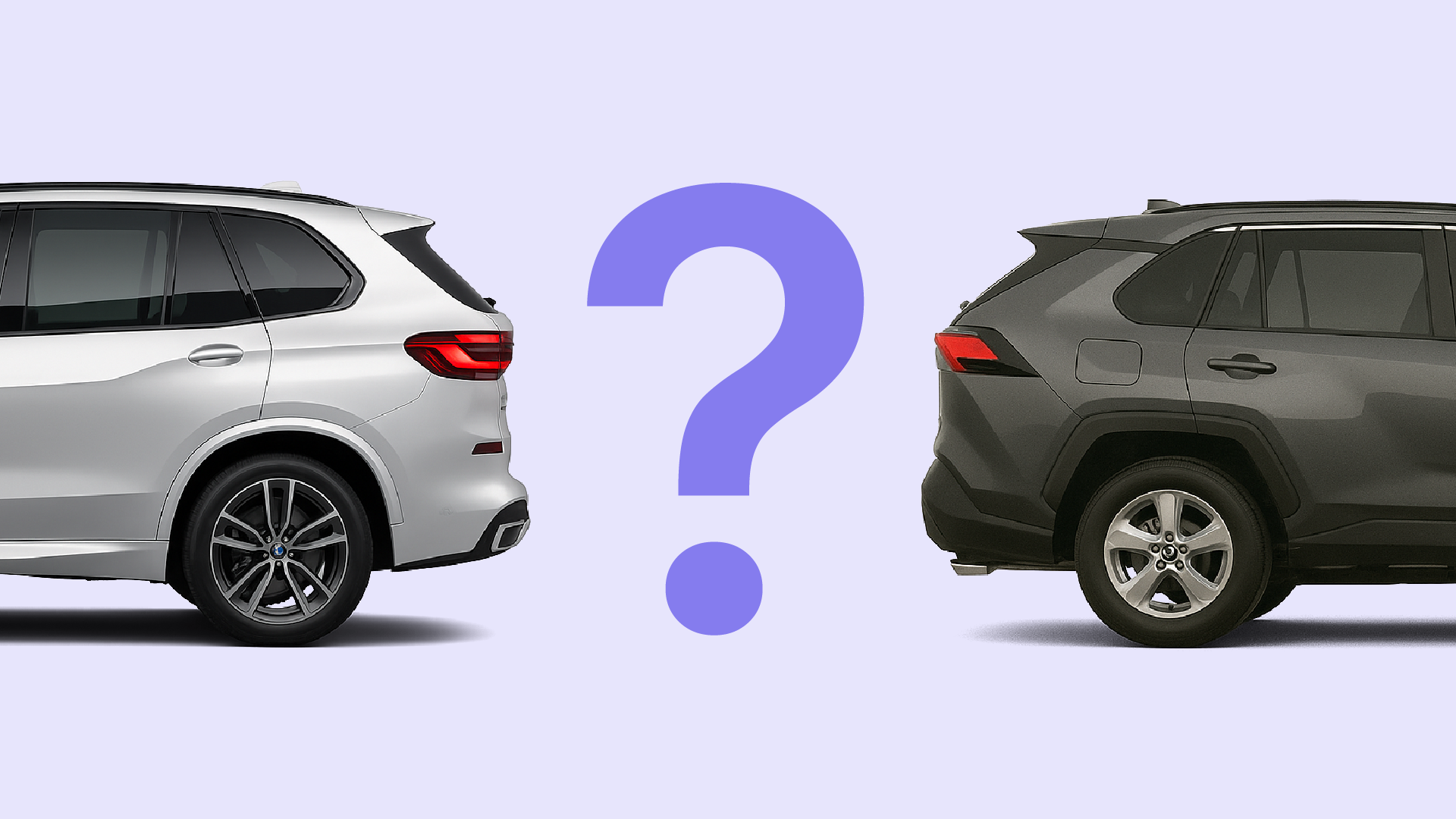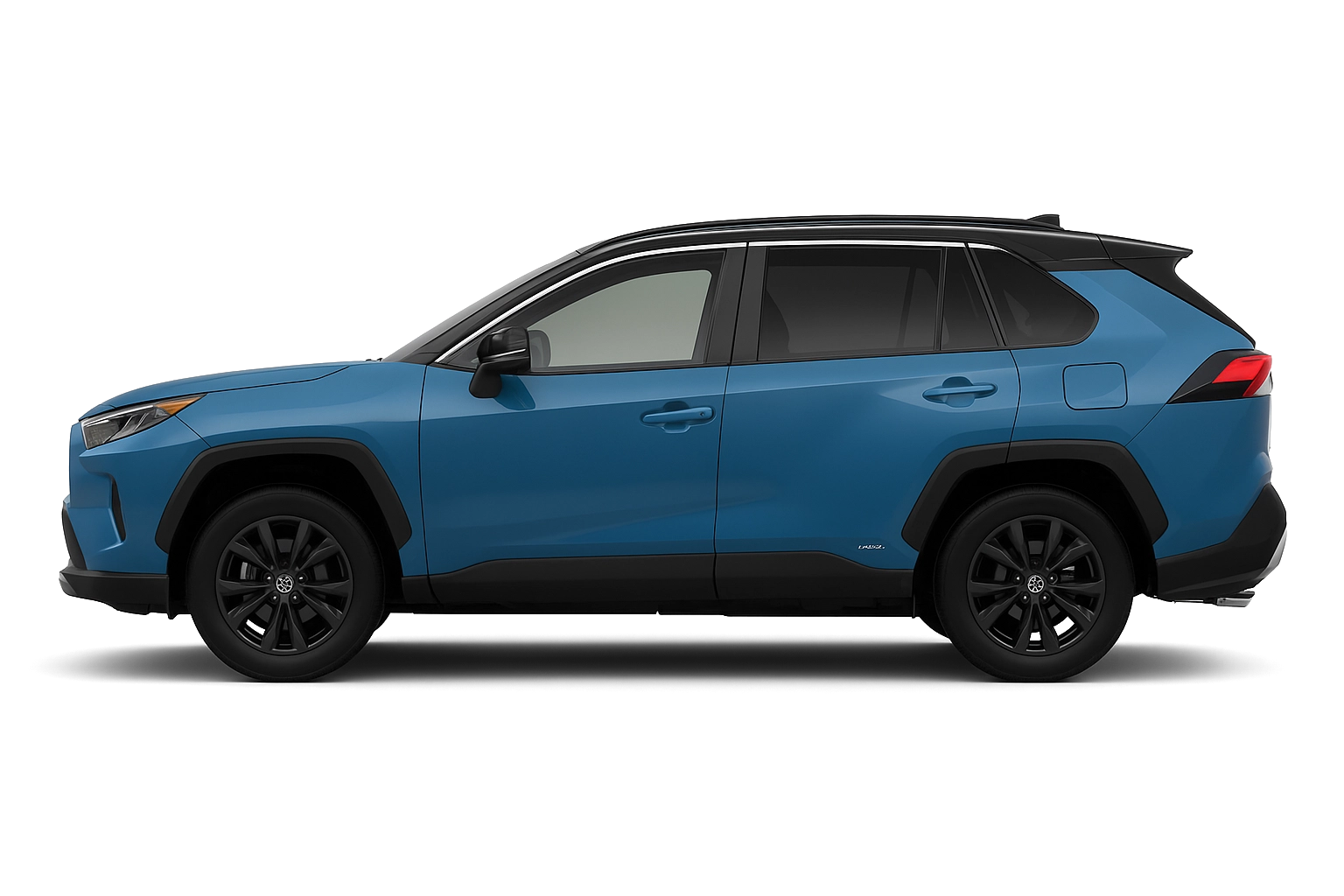SUV vs Crossover: What’s the Real Difference in Size?

Unclear about the difference between an SUV and a crossover? You’re not alone — and size is where the difference really shows. In 2025, few car categories cause more confusion than the size difference between SUVs and crossovers. We’re here to set the record straight.
Dimensions: Platforms Make the Difference
Crossovers: Built on a car-like unibody platform (like a hatchback or sedan). Their typical length is 4.2–4.6 metres, examples include the Hyundai Tucson and Honda HR-V.
SUVs: Traditionally uses a body-on-frame chassis (like a truck). Their typical length is 4.6–5.2 metres, examples include the Toyota Land Cruiser and Ford Expedition.
Difference: Crossovers are built on car platforms and tend to be shorter, lighter, and easier to park, especially in urban areas. SUVs are larger (up to a metre longer than crossovers), heavier, and are often built on truck frames.
Ground Clearance: SUVs Take the High Road
Crossovers: Ground clearance of 160–200 mm
SUVs: Often exceed 220 mm
Difference: SUVs offer higher ground clearance, that extra height gives them better off-road and rugged terrain capability than crossovers — but it also means trickier entry in and out of the vehicle for some passengers.
Boot Space & Interior Room
Crossovers: Often have cleverly designed cargo and passenger space which maximises the capacity for the size, offering boot space of 350–550 litres and generous legroom for drivers and passengers.
SUVs: Naturally provide deeper storage and higher cargo ceilings as they are larger vehicles, with boots ranging from 550–900+ litres.
Difference: SUVs offer more total cargo and passenger space, especially with third-row seating, but crossovers use the space they have more efficiently.
Comfort & Everyday Use
Crossovers: Tuned for daily comfort, fuel efficiency, and smooth handling.
SUVs: Excel in towing, passenger capacity, and rugged use — but at the cost of agility and miles per gallon.
Difference: Crossovers are smoother and more fuel-efficient for daily use, while SUVs are more capable on rugged roads, but bulkier.
SUV vs Crossover Size: Side-by-Side Breakdown
Conclusion: Which Size Would Best Suit You?
Live in a city or have a small family? We’d recommend going for a crossover — it’s easier to drive and park, yet still spacious.
Towing, adventures, or a large family? An SUV’s size will pay off in space and strength.
A Handy List of the Cars We’ve Just Talked About
Crossovers:
- Nissan Qashqai
- Toyota RAV4
- Hyundai Tucson
- Honda HR-V
SUVs:
- BMW X5
- Chevrolet Tahoe
- Toyota Land Cruiser
- Ford Expedition

